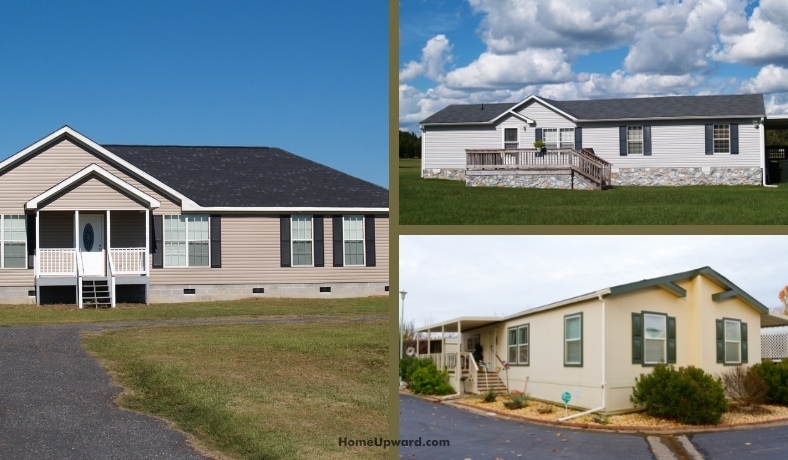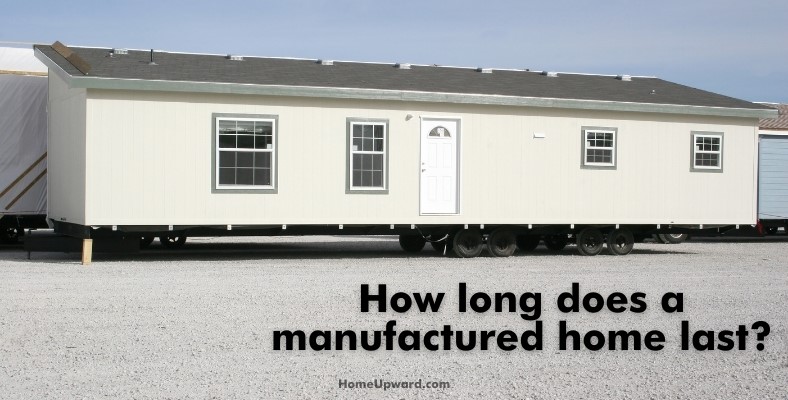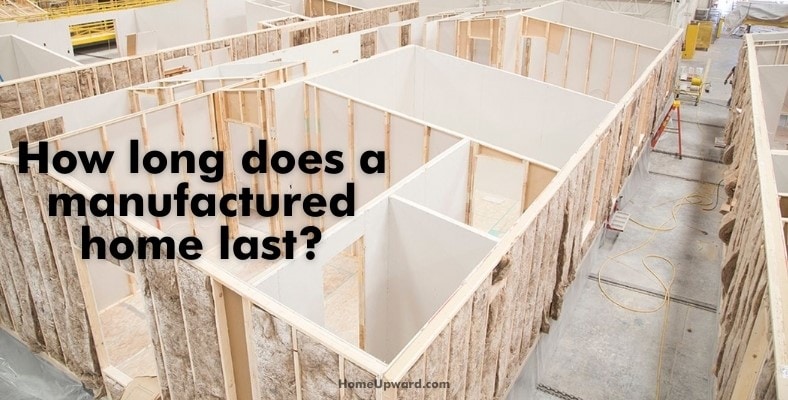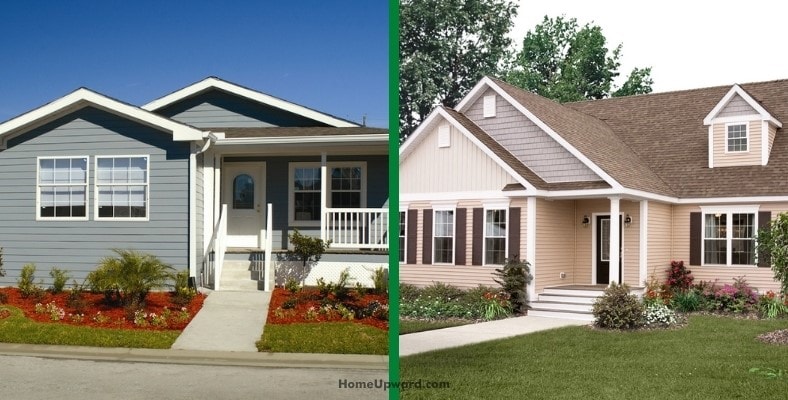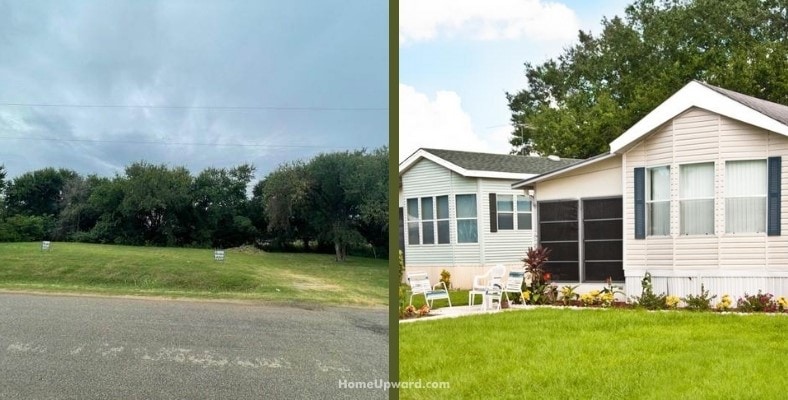Contents
How long does a manufactured home last?
Manufactured homes, also known as mobile homes and formerly known as trailers, can last for many years.
Here’s the bottom line: The question of how long does a manufactured home last depends on several factors. Weather, the level of maintenance a home gets, and whether the home has moved multiple times can all affect the lifespan of a manufactured home.
The older the mobile home, the shorter its lifespan. Manufactured homes built since The Department of Housing and Urban Development (HUD) instituted the Manufactured Housing Construction and Safety Standards Act in 1976 have an expected longevity of over 50 years.
Modern manufactured homes may be able to last longer, thanks to newer construction methods and materials.
Are Manufactured Homes Built to Last?
The same materials used to construct manufactured homes make up homes built on a plot of land, but the manufacturing process is a little different. Because these homes are built in a factory and transported to the property, they don’t hold up as well as homes built on-site which can last hundreds of years.
That’s not to say they don’t last a long time. Some materials may wear faster or need replacement and maintenance more often. After 40 or 50 years, manufactured homes may show signs that they’re nearing the end of their useful life. However, some mobile homes built in the 60s are still in use today.
A manufactured home must meet the home construction codes set by HUD to ensure they meet safety and quality standards. If you’re wondering, “How long does a manufactured home last?” rest assured they can provide decades of housing that’s cost-effective and comfortable.
What Are the Walls in Manufactured Homes Made Of?
Walls in manufactured homes are typically thinner and made from lighter materials than walls in site-built homes. Studs in homes built on-site must meet state and local government building codes. While these codes vary from place to place, the general standard is that studs are 2×4 or 2×6.
Manufactured homes may use 2×4 studs, but some use 2×3, and older homes built before 1976 may have 2×2 studs. The differences don’t stop at the wood framing.
Interior Walls of Manufactured Housing vs. a Traditional Built Home
Older manufactured homes before HUD’s standards often used artificial wood paneling on interior walls. Today, vinyl-over-gypsum (VOG) usually forms the walls inside a mobile home instead of the drywall found in most houses. VOG is drywall covered in vinyl to create a smooth, finished surface.
Batten strips wrapped in the same vinyl cover the seams between VOG panels instead of drywall tape that requires mudding and sanding. The visual appearance is similar to drywall, except for the slightly raised batten strips between the panels. VOG is fire-resistant, lightweight, and easy to install, which helps keep your costs down.
How to Tell Manufactured Homes from Modular Homes
A manufactured home comes from a factory where it’s completely constructed and ready for transport to your property. HUD codes require manufactured home construction to include a permanent steel-beam chassis. The chassis support and wheels allow it to be transported in whole to its location.
Now, how long does a manufactured home last if the chassis is somehow damaged? The chassis serves as a foundation during the manufacture and transport process and should remain in place. Whether the damage affects the home depends on the severity of it and whether the home is set on a foundation. Fortunately, damage like this is rare.
Modular Home Differences
Modular homes don’t need wheels or a chassis because the pieces arrive on a truck. These homes sit on a permanent foundation above a crawlspace or basement.
Some manufactured homes may require transport in two parts, particularly today’s newer and fancier homes. Formerly known as double-wides, these larger homes are called double-section manufactured homes and can be too wide to ride safely in traffic on a flatbed transport truck.
Are Manufactured and Modular Homes Built the Same Way?
A modular home is also factory-built, but the process is different. Manufactured homes are built according to HUD codes in the factory, and the finished product is transported to the home site.
On the other hand, a modular home is built in a factory in several sections and is 85% to 95% complete when it leaves the factory. Trucks transport these sections to the building site where the pieces are assembled, and the construction follows local building codes.
Do Manufactured Homes Hold Value?
Manufactured homeowners that maintain their house can help them hold and even increase the value over time. How much the home cost initially and its age play a part, but inflation rates and the real estate activity in the area help determine whether properties appreciate or depreciate.
The Local Housing Market and Community
The values of all homes in a local area fluctuate depending on your local housing market. Even new manufactured housing will go up or down in value depending on the supply and demand for property. The rate of home sales makes a difference.
A great, sought-after location will raise the value of all homes in the area, including manufactured housing. Other factors can affect property values, like declining homes in the area that bring values down. An increase in crime and abandoned homes will also negatively affect all property values.
Is It Cheaper to Buy Land and a Manufactured Home?
Purchasing a plot of land and manufactured housing is much cheaper than buying a modular home or a traditional home on a comparable piece of property.
Manufactured housing costs an average of $17.82 to $22.41 per square foot. Modular homes cost an average of $32.78 per square foot, while a traditional home built with wood framing on the property costs $38.57 per square foot, according to HUD’s price comparisons.
Manufactured vs. Modular vs. Traditional Home Prices
In the same report, the cost of a 2,000-square foot traditional home was just over $144,000, compared to a modular home of the same size on a property of the same size and value that costs just under $130,000.
A double-section manufactured home of that square footage on the same property would cost $98,000 on an individual lot and $107,000 in a subdivision, which is still almost $40,000 cheaper than a traditional home. If the manufactured home is on leased property, such as a mobile home park, the cost drops even further to $64,000.
Single-section manufactured homes in a land lease community top out at an average of about 1,200 square feet and would cost around $36,000.

